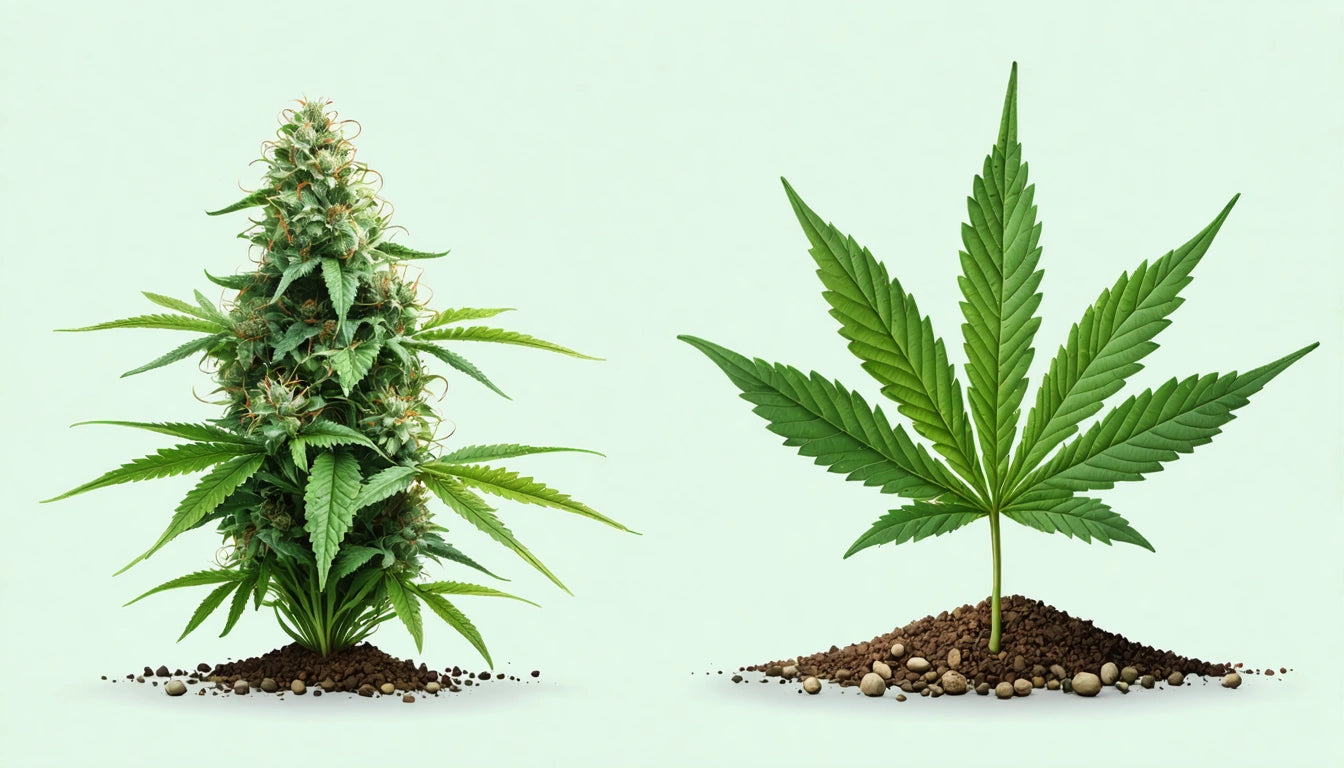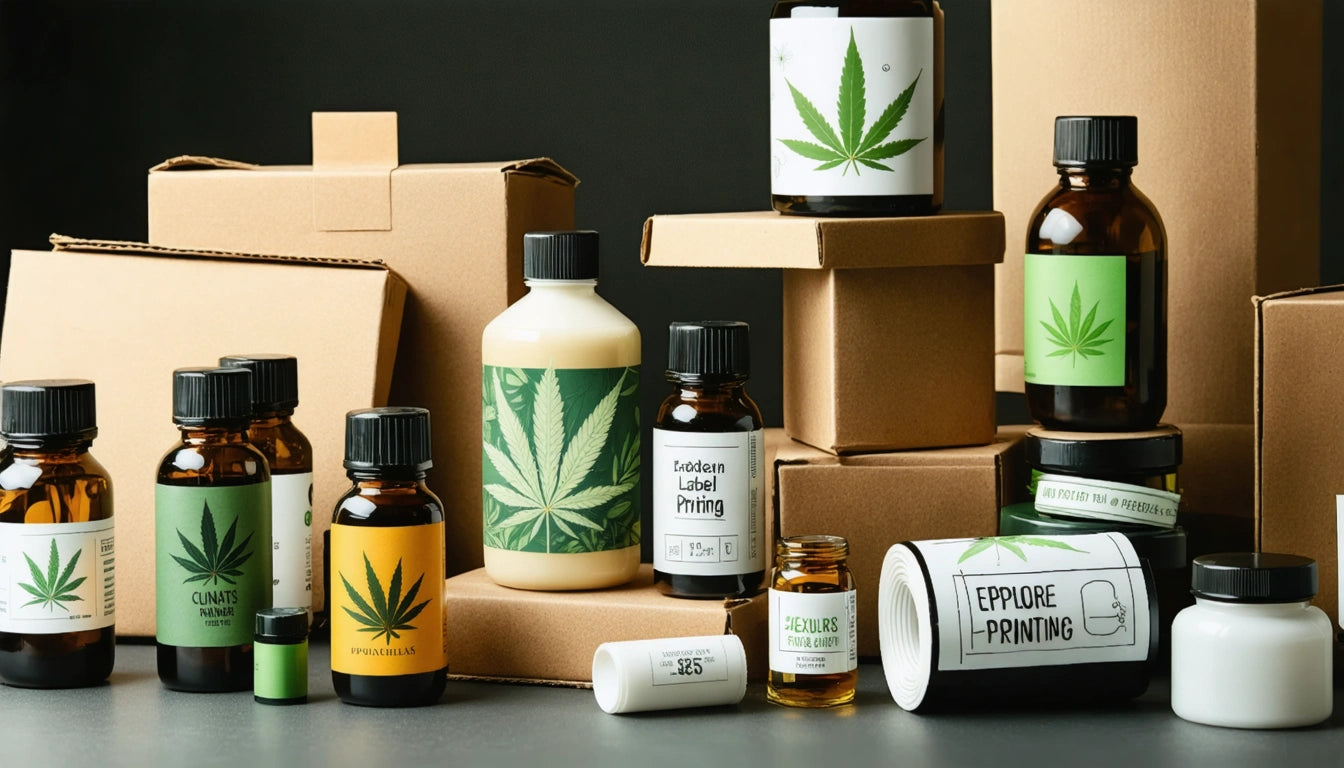Table of Contents
- The Importance of Gender Identification in Cannabis Cultivation
- Visual Differences Between Male and Female Weed Plants
- Growth Patterns and Development Timelines
- Different Cultivation Purposes for Male and Female Plants
- Understanding Hermaphrodite Cannabis Plants
- Advanced Identification Techniques for Growers
Understanding the Differences Between Male and Female Weed Plants
Cannabis cultivation success largely depends on understanding the differences between male and female weed plants. Gender identification is not merely a botanical curiosity but a critical factor that determines yield, potency, and overall crop value. This guide explores the key distinctions between male vs female weed plants and provides practical identification methods for growers at all experience levels.
The Importance of Gender Identification in Cannabis Cultivation
Distinguishing between male and female weed plants is fundamental to cannabis cultivation. Female plants produce the resin-rich flowers (buds) prized for their cannabinoid content, including THC and CBD. Males, on the other hand, primarily contribute pollen for breeding purposes. Understanding these differences allows growers to optimize their garden space and resources.
For commercial and medicinal growers, identifying and removing male plants early is essential to prevent pollination. When male pollen fertilizes female flowers, the females redirect energy from cannabinoid production to seed development, significantly reducing the potency and quality of the harvest. This makes the ability to differentiate between male and female weed plants a crucial skill for successful cultivation.
Visual Differences Between Male and Female Weed Plants
Male and female cannabis plants exhibit distinct visual characteristics that become increasingly apparent as they mature. These differences are most noticeable in the pre-flowering and flowering stages.
Pre-Flowering Stage Identification
During the pre-flowering stage (typically 4-6 weeks into the vegetative phase), plants begin to show their sex. Female plants develop small, teardrop-shaped structures called calyxes with white hair-like pistils emerging from them. These pistils are one of the earliest and most reliable indicators of a female plant.
Male plants, conversely, develop small, round pollen sacs that resemble small balls or bananas. These structures appear at the nodes where branches meet the main stem. Identifying these early signs allows growers to separate males before they can release pollen.
Flowering Stage Identification
During the flowering stage, the differences between male vs female weed plants become unmistakable:
- Female plants develop dense, resin-covered buds with numerous pistils that change color from white to orange, red, or brown as they mature.
- Male plants grow pollen sacs that eventually open to release pollen. These plants generally grow taller than females and have fewer leaves.
Female plants also tend to develop a more bushy structure with closer internodal spacing compared to males, which often exhibit a more lanky growth pattern with greater distance between nodes.
Growth Patterns and Development Timelines
Beyond the reproductive structures, male and female weed plants often follow different growth patterns. Males typically mature faster than females, sometimes by 1-2 weeks. This evolutionary adaptation increases the likelihood that pollen will be available when female plants are receptive.
Female plants generally invest more energy in developing a robust structure to support heavy bud development. They often grow more lateral branches and have denser foliage. Males, designed primarily to produce and distribute pollen, grow taller with fewer branches, allowing pollen to travel farther on the wind.
For growers using child-resistant packaging for their harvested product, understanding these growth differences helps in planning cultivation cycles and predicting harvest times more accurately.
Different Cultivation Purposes for Male and Female Plants
While female plants are the obvious choice for flower production, male plants have their uses in comprehensive cultivation operations:
- Female plants are cultivated for their cannabinoid-rich flowers used in medicinal and recreational products.
- Male plants are valuable for breeding programs, hemp fiber production, and as a source of nutrients when composted.
Some cultivators specifically maintain male plants for breeding purposes, creating new strains with desired characteristics like improved yield, specific cannabinoid profiles, or enhanced resistance to pests and diseases.
Understanding Hermaphrodite Cannabis Plants
Beyond the binary of male vs female weed plants, cannabis can also express hermaphroditic traits, developing both male and female reproductive organs. This typically occurs due to environmental stress, genetic factors, or both.
Hermaphrodites pose a significant risk to cultivation operations as they can self-pollinate and pollinate surrounding female plants. Identifying and removing hermaphrodite plants is just as important as removing males in most growing scenarios.
Common stress factors that can trigger hermaphroditism include:
- Light cycle interruptions
- Temperature extremes
- Physical damage to the plant
- Nutrient deficiencies
- Prolonged flowering periods
Advanced Identification Techniques for Growers
For commercial growers, waiting for visual sex indicators isn't always the most efficient approach. Several advanced techniques can help identify plant sex earlier:
- Genetic testing can determine plant sex from leaf samples as early as the seedling stage.
- Cloning a small portion of the plant and forcing it to flower can reveal sex while keeping the mother plant in the vegetative stage.
- Feminized seeds, which are genetically modified to produce only female plants, eliminate the need for sex identification altogether.
Understanding the differences between male and female weed plants is fundamental to successful cannabis cultivation. Whether growing for personal use or commercial production, the ability to identify and manage plant sex directly impacts the quality and quantity of the final harvest. By mastering these identification techniques, growers can optimize their resources and achieve better results.











Leave a comment
All comments are moderated before being published.
This site is protected by hCaptcha and the hCaptcha Privacy Policy and Terms of Service apply.